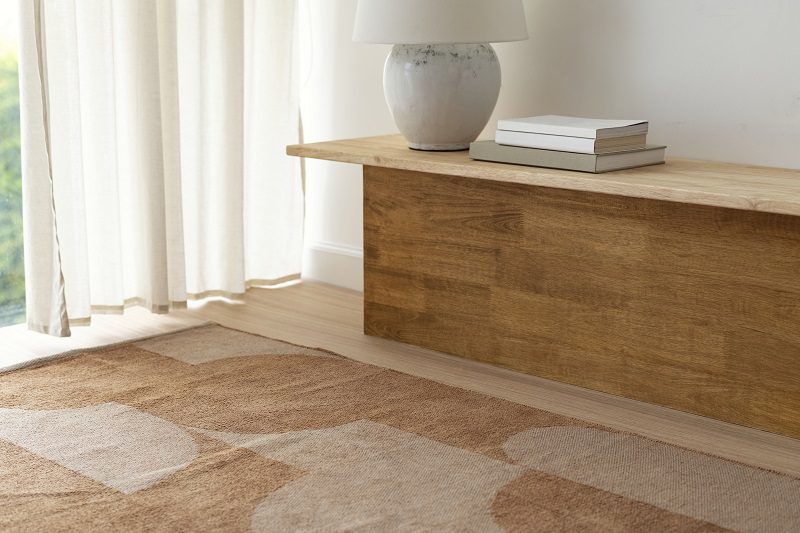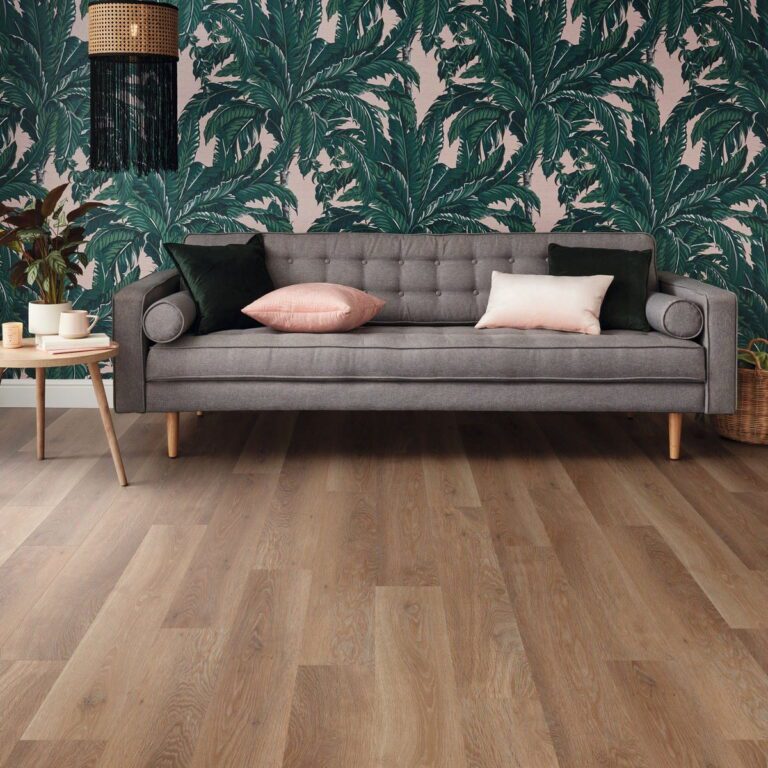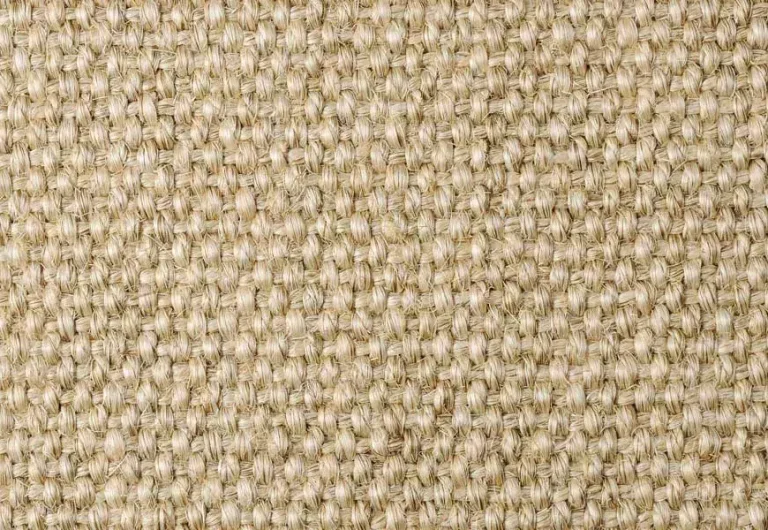Are you in the market for new flooring? Considering carpet vs laminate flooring pros and cons can be a difficult decision. Both options have their own set of pros and cons, and it’s important to carefully consider factors like cost, durability, floor finishes, maintenance, and environmental impact before making a decision. In this article, we’ll dive into the details of laminate and carpet flooring, comparing their advantages and disadvantages, cost, durability, maintenance, and their impact on allergies and noise reduction. So, this article is for those of you who want to know is laminate flooring cheaper than carpet. Whether you’re a first-time homeowner or looking to renovate, this article will help you make an informed decision on which flooring option is best for you.
Key Takeaways:
Is carpet or laminate cheaper? Laminate flooring is generally cheaper than carpet in terms of material cost, installation cost, and maintenance cost. Laminate flooring is more durable and easier to maintain compared to carpet, making it a more cost-effective option in the long run. Both laminate flooring and carpet have their own advantages and disadvantages, but laminate flooring may be a better choice for those with allergies and those who want to reduce noise in their homes.
What Is Laminate Flooring?
Laminate flooring is a synthetic flooring product designed to simulate the look of wood, stone, or tile. It has a clear protective layer and a fibreboard core.
The manufacturing process involves fusing multiple layers of material using high pressure and heat. The top clear protective layer is typically made from aluminium oxide, providing durability and scratch resistance.
The image layer beneath it is printed with a high-definition image of natural materials, such as wood or stone. Popular brands like Pergo, Mohawk, and Shaw offer a wide range of options in terms of styles, colours, and installation methods. This makes laminate flooring a versatile and cost-effective choice for many homeowners.
What Is Carpet Flooring?
Carpet flooring refers to the use of carpets or rugs as a covering for the floor, providing comfort, insulation, and decorative enhancement to a room.
Carpet flooring is a soft, comfortable floor covering made from woven fibres such as wool or synthetic materials like polypropylene, nylon, or polyester.
The manufacturing process of carpet involves spinning the fibres into yarn, dyeing them to the desired colour, and then weaving or tufting them into the backing material.
Once produced, carpets can be installed using various methods, including direct glue-down, stretch-in-over padding, or loose-lay techniques.
Some reputable carpet brands and manufacturers known for their high-quality products include Abingdon Flooring, Cormar Carpet, and Victoria Carpets.
These companies offer a wide range of carpet options, from luxurious wool carpets to durable synthetic fibre designs.
The Advantages and disadvantages of laminate flooring
In choosing between laminate flooring or carpet, it is important for you to know the advantages and disadvantages of each type.
Laminate flooring offers numerous advantages such as durability, easy maintenance, and a wide range of design options. However, it also has drawbacks including susceptibility to moisture and VOC emissions.
Despite its drawbacks, laminate flooring can still be a great choice for many homeowners. Its durability makes it a popular option for high-traffic areas, and its easy maintenance makes it a practical choice for busy households. With a wide range of design options available, laminate flooring can also add style and character to any room.
However, it’s important to note that laminate flooring is not suitable for areas with high moisture levels, such as bathrooms and kitchens. It can also emit VOCs, which can be harmful to indoor air quality. If you’re considering laminate flooring for your home, be sure to research and choose a low-VOC option to minimise potential health risks.
a. Advantages of Laminate Flooring
The advantages of laminate flooring include affordability, easy installation, resistance to scratches, and a wide variety of design options to suit different preferences and styles.
Laminate flooring is known for its cost-effectiveness, making it a budget-friendly option for homeowners. Its scratch-resistant properties make it a durable choice for high-traffic areas, reducing the need for frequent maintenance or replacement.
The ease of installation further adds to its appeal, as it can be installed quickly without the need for extensive preparation or specialised equipment. The diverse range of designs available in laminate flooring allows individuals to achieve the look of natural materials such as hardwood or stone, without the associated high costs. This versatility enables homeowners to create the aesthetic they desire, while also benefiting from the practical advantages that laminate flooring offers.
b. Disadvantages of Laminate Flooring
However, laminate flooring may have disadvantages such as susceptibility to moisture damage, potential VOC emissions, and a less natural feel compared to hardwood or carpet.
One of the primary drawbacks of laminate flooring is its susceptibility to moisture damage. While some products are marketed as water-resistant, prolonged exposure to moisture can cause the laminate to warp or swell.
VOC emissions can be a concern for those considering laminate flooring. Some laminate products can release volatile organic compounds, which are associated with indoor air pollution and potential health risks.
The tactile experience of laminate flooring may not match the warmth and cosiness of hardwood or the plushness of carpet, making it less desirable for those seeking a more natural feel underfoot.
The Advantages and Disadvantages of Carpet Flooring
Carpet flooring offers several benefits, including comfort, noise reduction, and a non-slip surface. However, it also has its drawbacks. For instance, it is prone to stains, requires high maintenance, and can retain allergens.
a. Advantages of Carpet Flooring
The advantages of carpet flooring include comfort, noise reduction, and a wide range of colours and textures, offering a cosy and inviting feel to any space.
Carpet flooring provides a plush and cushioned surface, making it an ideal choice for areas where people often walk barefoot or sit on the floor. Its natural insulating properties contribute to a quieter environment, as it absorbs sound and reduces echoes.
Additionally, with its extensive variety in patterns, designs, and pile heights, carpet flooring offers endless opportunities for creating a personalised and stylish ambience.
b. Disadvantages of Carpet Flooring
However, carpet flooring may have disadvantages such as susceptibility to stains, high maintenance requirements, and potential retention of allergens and dust, which can impact indoor air quality and hygiene.
Stained carpets can be challenging to clean thoroughly, and even minor spills can leave lasting marks, affecting the aesthetics of the flooring. Regular vacuuming and professional deep cleaning are necessary to maintain the carpet’s appearance and eliminate accumulated dirt and allergens.
Frequent exposure to moisture, such as spills or high humidity, can lead to mould and mildew growth within the carpet fibres, posing health risks and requiring extensive cleaning and possible replacement. Those with respiratory conditions may experience discomfort due to the particles trapped in the carpet’s fibres, potentially aggravating allergies or asthma symptoms.
Carpet fibres can harbour pet dander, pollen, and other airborne particles, contributing to poor indoor air quality. This can be particularly problematic for individuals with allergies or sensitivities, as these particles can circulate in the air and settle back onto the carpet, creating a cycle of allergen exposure.
Which Is cheaper: Laminate Flooring or Carpet?
When comparing the cost of laminate flooring and carpet, factors such as material cost, installation expenses, and long-term maintenance requirements need to be considered to determine the more cost-effective option.
Material cost is a crucial consideration when evaluating the expense of flooring. Laminate flooring often provides a more budget-friendly option compared to carpet due to its lower material cost per square foot.
The installation expenses for laminate flooring are generally lower as well, as it often requires less labour and time compared to carpet installation. The long-term maintenance of laminate flooring tends to be more economical, as it typically requires minimal upkeep and is more resistant to stains and wear compared to carpet.
Whilst the initial cost may favour carpet, the overall cost of laminate flooring over its lifespan makes it a compelling choice for those seeking an affordable, durable flooring solution.
So, the answer to the question is laminate flooring cheaper than carpet actually depends on your needs. If you only need it for the short term, then go for carpet flooring. However, if you’re looking for the long term, it’s best to consider laminate flooring.
Factors to Consider in Cost Comparison
When considering is it cheaper to install carpet or laminate flooring, it is important to consider several factors. These include material costs, installation costs, and long-term maintenance needs.
Material costs can vary greatly between laminate flooring and carpet. Laminate flooring typically comes in pre-cut planks or tiles, while carpet is sold by the square foot. This means that the cost of materials for laminate flooring may be higher initially, but it can cover a larger area.
Fitting expenses should also be taken into account. Laminate flooring is generally easier to install, as it can be clicked or glued into place. Carpet, on the other hand, requires professional installation, which can add to the overall cost.
Additionally, long-term upkeep needs should be considered. Laminate flooring is generally more durable and easier to maintain than carpet. It can be easily cleaned with a damp mop, while carpet may require regular vacuuming and professional cleaning to maintain its appearance.
a. Material Cost
Material cost plays a significant role in the overall affordability of flooring options, with laminate flooring often offering a more budget-friendly selection compared to carpet due to its manufacturing process and materials used.
This cost disparity can be attributed to the difference in raw materials required for each type of flooring. Laminate flooring, made from composite wood materials and topped with a photographic layer, is generally more cost-effective to produce than the intricate weaving process involved in carpet manufacturing.
Laminate flooring’s durability and ease of installation also contribute to its value proposition, making it an attractive choice for cost-conscious consumers seeking a balance between price and quality.
b. Installation Cost
When comparing laminate flooring and carpet, it’s important to consider installation costs. The complexity of installation, labour expenses, and additional materials can greatly impact the overall expenditure for each type of flooring.
The installation process for laminate flooring typically involves precise measurements, cutting, and fitting of the boards, which can increase labour costs. The need for underlayment and moisture barriers also adds to the overall cost.
On the other hand, carpet installation may require more effort in levelling the subfloor and seam seaming, which can also impact labour costs. Additionally, the type of carpet chosen can affect the materials expenditure. Installation costs are a significant factor to consider when comparing these two flooring options.
c. Maintenance Cost
Long-term maintenance expenses are essential considerations when evaluating the cost-effectiveness of laminate flooring and carpet. Each type requires different care routines and potential repair or replacement needs.
Regular maintenance for laminate flooring typically involves routine sweeping and occasional damp mopping. This helps keep its surface clean and minimizes wear and tear.
In contrast, carpet demands frequent vacuuming and periodic deep cleaning to prevent the accumulation of dirt, stains, and allergens.
In terms of repair or replacement, laminate flooring may have a longer lifespan than carpet. However, it can be susceptible to chipping or water damage, which may necessitate costly repairs or even complete replacement.
On the other hand, carpets may need more frequent replacement due to wear and tear or staining, potentially incurring frequent expenses.
Considering the long-term financial implications, the varying upkeep requirements and potential repair costs must be factored into the decision-making process when choosing between laminate flooring and carpet. This ensures optimal cost-effectiveness over time.
Which Is More Durable: Laminate Flooring or Carpet?
Besides considering is laminate flooring cheaper than carpet, it’s also a good idea to think about its durability.
The durability of laminate flooring and carpet varies based on factors such as wear resistance, susceptibility to stains, and environmental factors, influencing the ability of each type to withstand daily usage and potential damage.
Both laminate flooring and carpet offer unique attributes when it comes to durability.
Laminate flooring is known for its exceptional wear resistance, making it highly suited for high-traffic areas, while carpet is prone to signs of wear in such conditions.
Additionally, laminate flooring is more resistant to stains and easier to clean than carpet.
In terms of environmental influences, laminate flooring is less affected by moisture and humidity changes, offering a more stable surface compared to carpet.
The choice between the two ultimately depends on individual preferences, priorities, and the specific requirements of the space.
Which Is Easier to Maintain: Laminate Flooring or Carpet?
Not only considering is laminate flooring cheaper than carpet, the maintenance of each floor also needs to be taken into consideration.
The maintenance requirements for laminate flooring and carpet differ significantly, prompting an evaluation of factors such as cleaning procedures, stain removal, and overall upkeep to determine the ease of maintenance for each type of flooring.
In terms of cleaning, laminate flooring generally requires simple and regular maintenance. This includes dry sweeping or vacuuming to remove dust and debris, followed by damp mopping with a manufacturer-recommended cleaner to maintain its lustre.
On the other hand, carpet often demands more frequent vacuuming and periodic deep cleaning to remove dirt, pet hair, and potential allergens that can become trapped within the fibres.
In terms of stain removal, laminate flooring typically offers the advantage of easy cleanup. Spills can be quickly wiped away without leaving a lasting mark, whereas carpet stains may require specialised treatments or professional cleaning services.
In terms of general upkeep, laminate flooring tends to be more resilient to wear and tear. This makes it an ideal choice for high-traffic areas. On the other hand, carpets may require more frequent replacement or refurbishment to maintain their appearance and functionality.
Which Is Better for Allergies: Laminate Flooring or Carpet?
For those of you with certain allergies, considering is laminate flooring cheaper than carpet is certainly not enough.
The impact of flooring on allergies is an important consideration, with laminate flooring and carpet differing in their potential to retain allergens, dust and other respiratory irritants, which can influence indoor air quality and health concerns.
Individuals with allergies must be mindful of the flooring choices they make, as certain materials can exacerbate their respiratory issues.
For example, carpeting tends to trap and harbour dust, pet dander and pollen, while laminate flooring provides a smoother surface that is easier to clean and less likely to hold onto allergens.
The retention of allergens in flooring can impact air quality and exacerbate symptoms for those with asthma or other respiratory conditions.
Therefore, proper flooring selection is crucial for maintaining a healthy indoor environment for allergy sufferers.
Which Is Better for Noise Reduction: Laminate Flooring or Carpet?
For some people who want a quieter home atmosphere, noise reduction is certainly another consideration beyond is laminate flooring cheaper than carpet.
The performance of laminate flooring and carpet in noise reduction can significantly impact the acoustic comfort of indoor spaces. Considerations such as sound absorption, impact insulation, and potential noise transmission guide the evaluation of each flooring type.
In terms of sound absorption, carpet is known for its ability to absorb sound, reducing echoes and creating a quieter environment.
On the other hand, laminate flooring offers impact insulation, effectively reducing the noise caused by footsteps and other impacts.
Noise transmission can be mitigated by the use of underlay materials specifically designed to minimise the transfer of sound between floors.
Understanding these acoustic characteristics is crucial for creating a peaceful and comfortable indoor environment.
Which Is More Environmentally Friendly: Laminate Flooring or Carpet?
In order to preserve the environment, you should also consider the environmental impact that may be caused when thinking about is laminate flooring cheaper than carpet.
Assessing the environmental impact of laminate flooring and carpet involves considerations such as material sustainability, production processes and end-of-life disposal, influencing the overall ecological footprint and sustainability credentials of each flooring option.
When examining the sustainability of laminate flooring, it’s crucial to analyse the materials used in its composition. The production of laminate flooring involves various materials such as high-density fibreboard and decorative paper, and assessing the sustainability of these resources is essential.
Understanding the production methods, including the utilisation of adhesives and energy-intensive manufacturing processes, helps in comprehending the ecological impact. On the other hand, carpets often consist of synthetic fibres or natural materials such as wool. Analysing the sustainability of these materials and their ecological footprint can provide insights into the environmental implications of carpets.
Considering the energy, water and chemicals involved in the production of carpets is essential for a holistic evaluation of their environmental impact.
Based on is laminate flooring cheaper than carpet, have you decided which type of flooring is best for your home?
Whether laminate flooring or carpet, choose the one that suits your needs and make sure to buy a quality one, such as the flooring options from TEKA Flooring.
TEKA Flooring provides various types of flooring, including laminate flooring and carpets with a variety of beautiful models that you can choose according to your preferences. You can visit our showroom directly or check our portfolio and inspiration online
Read also: Engineered Wood Flooring VS Laminate: Which One Is The Best?














